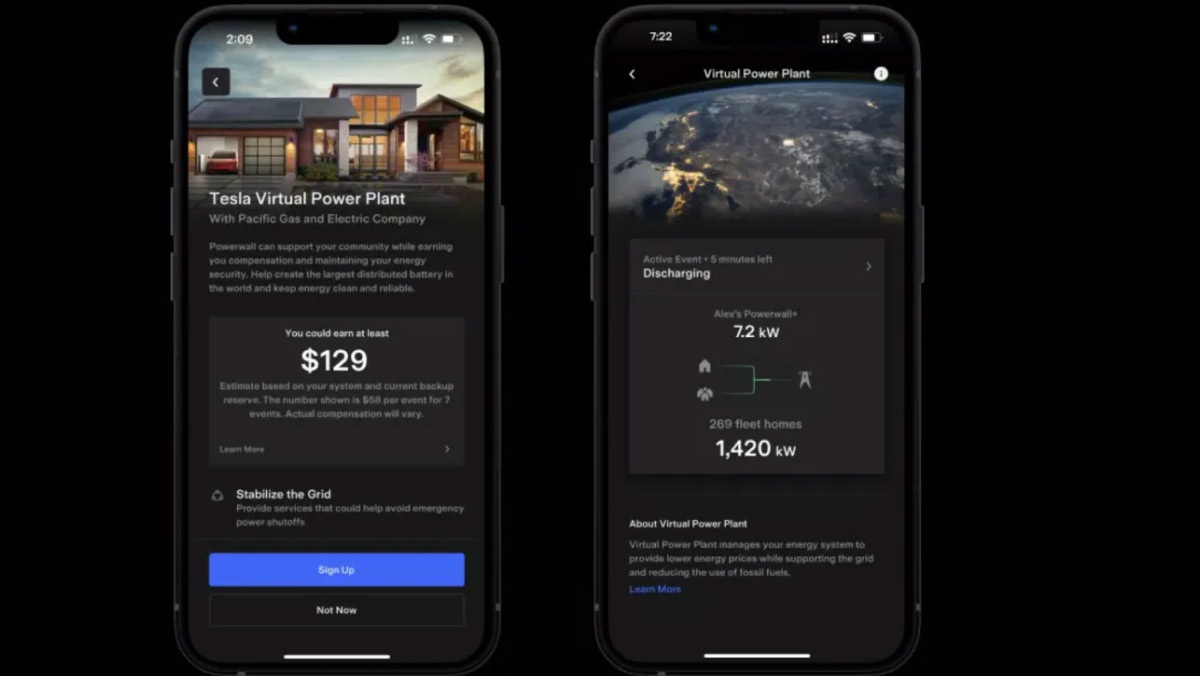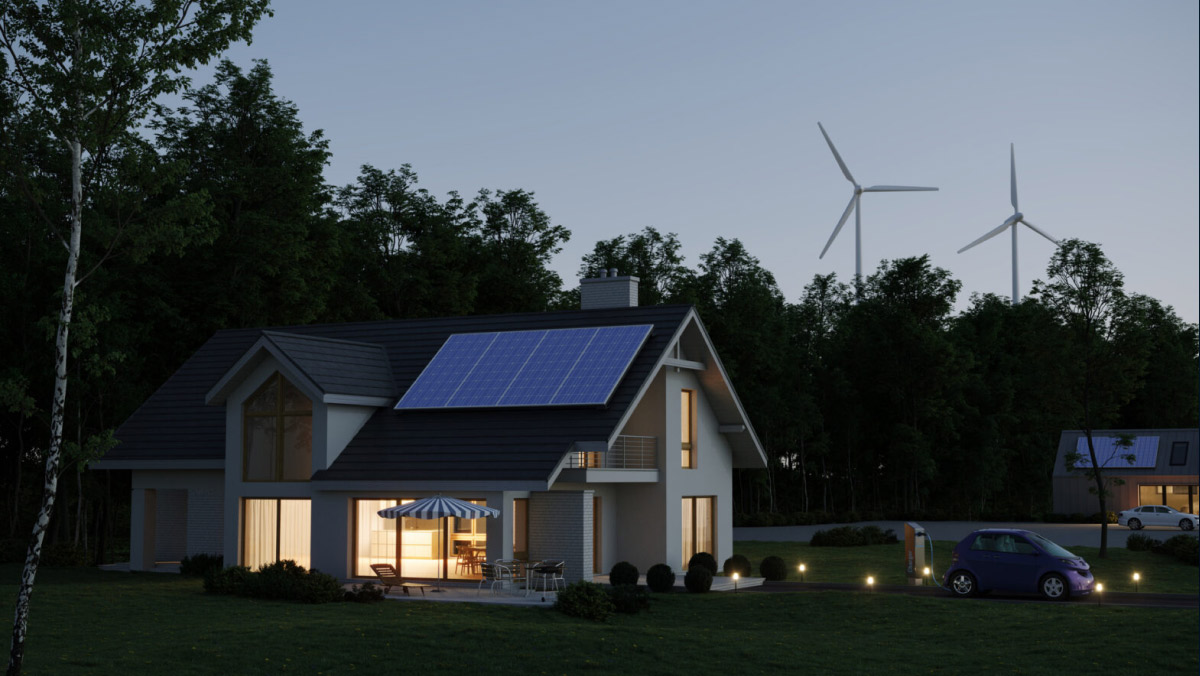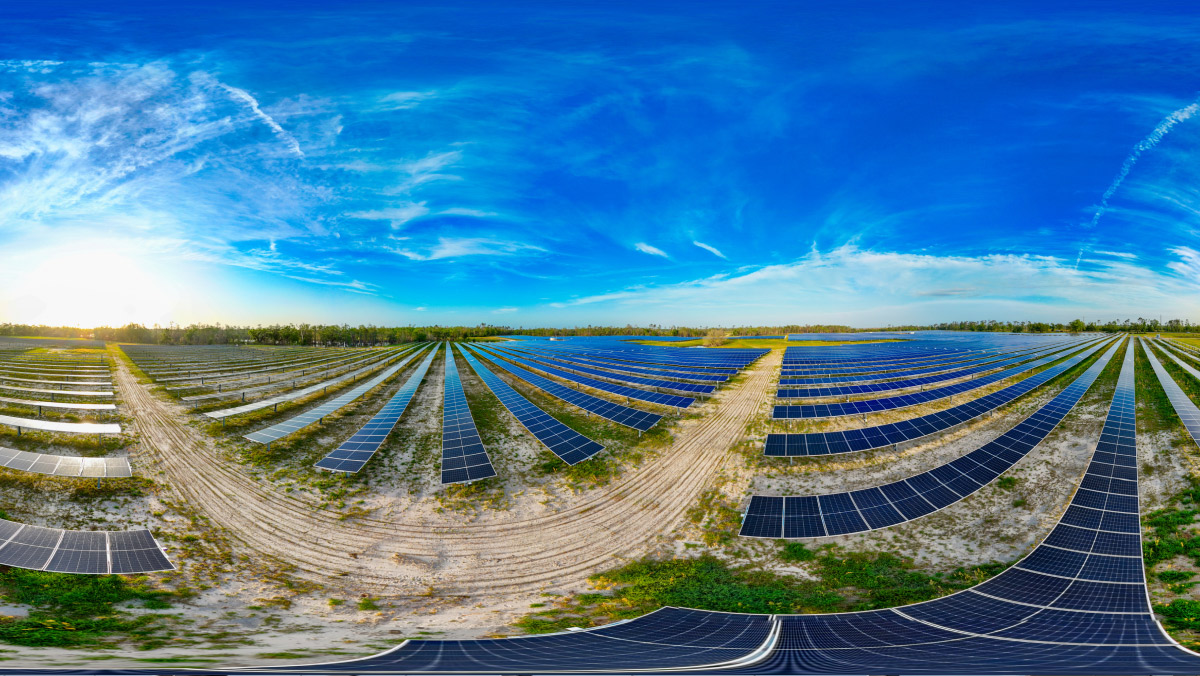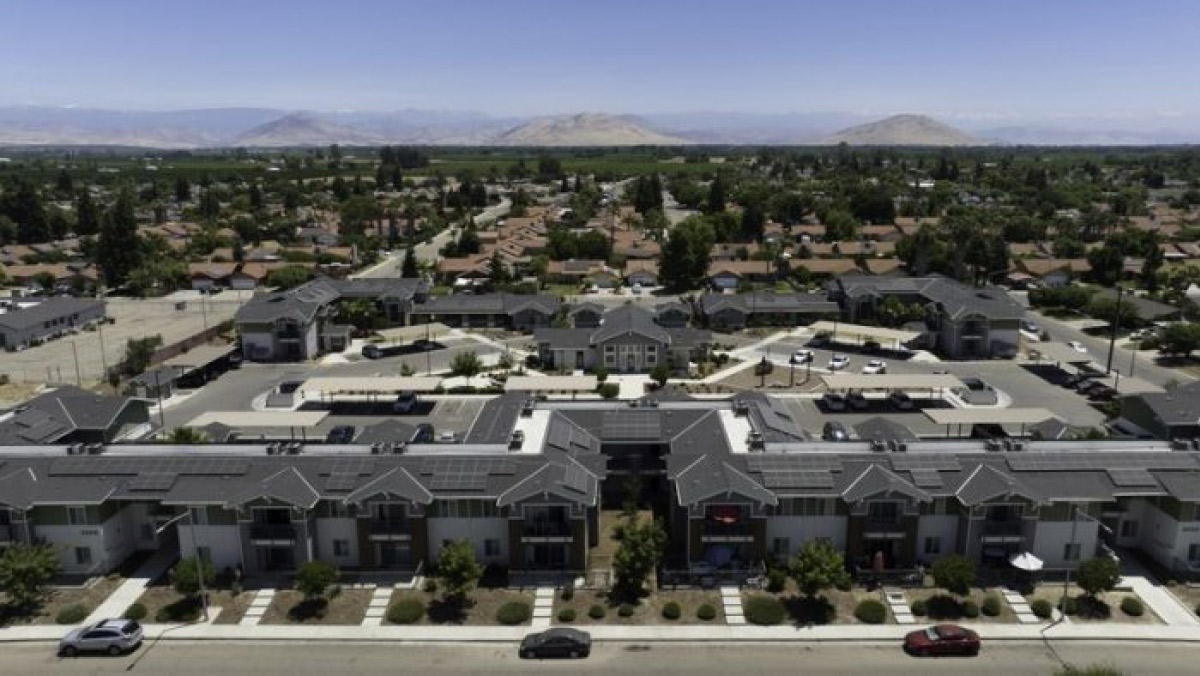MARKET TRENDS
Power to the People: Home Batteries Are Reshaping the Grid
Tesla and others turn home batteries into income streams, paying households to power the grid during peak demand.
3 Jun 2025

A subtle shift is reshaping America’s power network. Homes are not just consuming electricity anymore; they are selling it back. Across the country, virtual power plants (VPPs) are turning ordinary neighborhoods into miniature energy stations, paying residents to send surplus electricity to the grid.
Tesla is at the forefront. In 2024, its home battery program paid out nearly $9.9 million in California and Texas. Some participants pocketed as much as $60 during peak demand events, earnings that used to flow only to major utilities. The balance of power, quite literally, is starting to tilt toward everyday consumers.
In Texas, the idea is going mainstream. Bandera Electric Cooperative and Base Power now offer a $36.99 per month battery subscription with no upfront cost. Customers get backup power for outages and a share of the profits when their stored energy helps stabilize the grid.
This is more than a financial perk. It is a resilience play. As climate change strains aging infrastructure, utilities are leaning on thousands of small, dispersed power sources. Software now choreographs the flow of electricity from homes to meet spikes in demand or weather emergencies with remarkable speed.
“Consumers are no longer just users, they are part of the energy solution,” said a spokesperson for Bandera Electric Cooperative. “We are building a grid that is stronger, smarter, and more inclusive.”
Policy is powering the momentum. Under FERC Order 2222, small-scale energy producers, including home battery owners, must be allowed into wholesale energy markets. That rule has opened the door for utilities to pay households directly for their contributions.
Barriers still exist, especially for lower-income families who may struggle to access the technology. Yet the direction is clear. What began as a niche experiment is now accelerating, fueled by innovation, regulation, and rising public interest.
The next wave of energy infrastructure is already in America’s garages and closets, humming quietly, waiting for the call to help keep the lights on.
Latest News
18 Aug 2025
100K Home Batteries Just Replaced Power Plants, and It Worked11 Jul 2025
The Startup Turning Data Centers into Grid Allies5 Jul 2025
From Rooftops to the Grid: Sunrun’s Big Energy Play29 Jun 2025
The Island Building a Power Plant in Every Home
Related News

INNOVATION
18 Aug 2025
100K Home Batteries Just Replaced Power Plants, and It Worked

INVESTMENT
11 Jul 2025
The Startup Turning Data Centers into Grid Allies

INSIGHTS
5 Jul 2025
From Rooftops to the Grid: Sunrun’s Big Energy Play
SUBSCRIBE FOR UPDATES
By submitting, you agree to receive email communications from the event organizers, including upcoming promotions and discounted tickets, news, and access to related events.